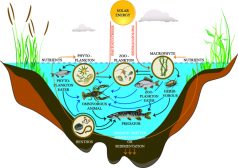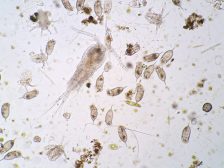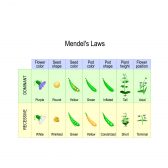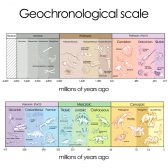Definition
noun
The thin layer of the epidermis comprised of granular keratinocytes that migrated from the stratum spinosum
Supplement
In animals, such as vertebrates, the epidermis is made up of four or five layers (each called stratum). These layers protect the underneath layers of the skin against physical damage, infection, and water loss. In humans, the epidermis consists of the following layers: (1) stratum corneum, (2) stratum lucidum, (3) stratum granulosum, (4) stratum spinosum, and (5) stratum basale or germinativum).
The stratum granulosum is a Latin term, which literally means granular layer. This layer is found in in between the stratum corneum (or stratum lucidum, when present) and the stratum spinosum. The keratinocytes in the stratum granulosum are distinctively granular. Thus, these keratinocytes are particularly referred to as granular cells. They contain keratohyalin granules, which aid in the binding of the keratin filaments together.
These cells also have lamellar bodies filled with lipids, which are released into the extracellular space through exocytosis. This results in the formation of a lipid barrier. These keratinocytes secrete them as they migrate from stratum spinosum to the upper layers of the epidermis. Concomitantly, the cells also lose nuclei and organelles and become corneocytes when they reach the stratum corneum.
Synonym(s):
- granular layer of the epidermis
See also:







